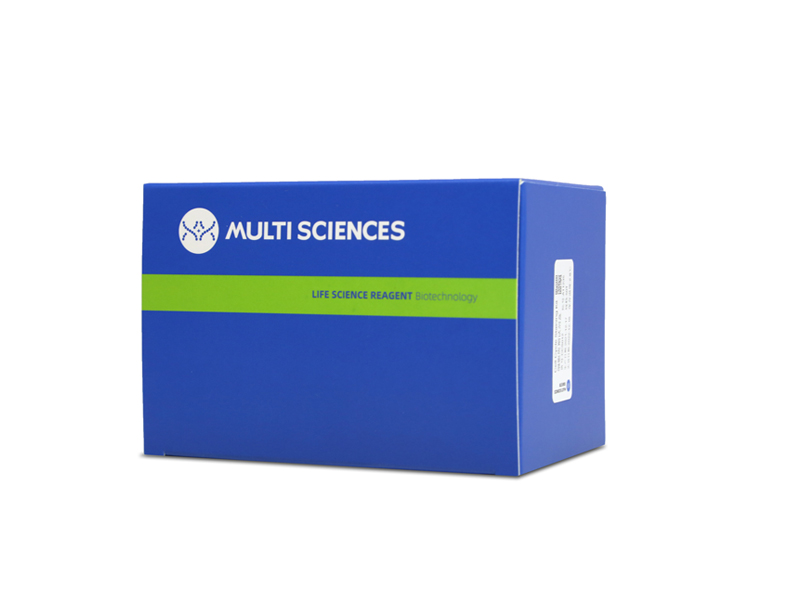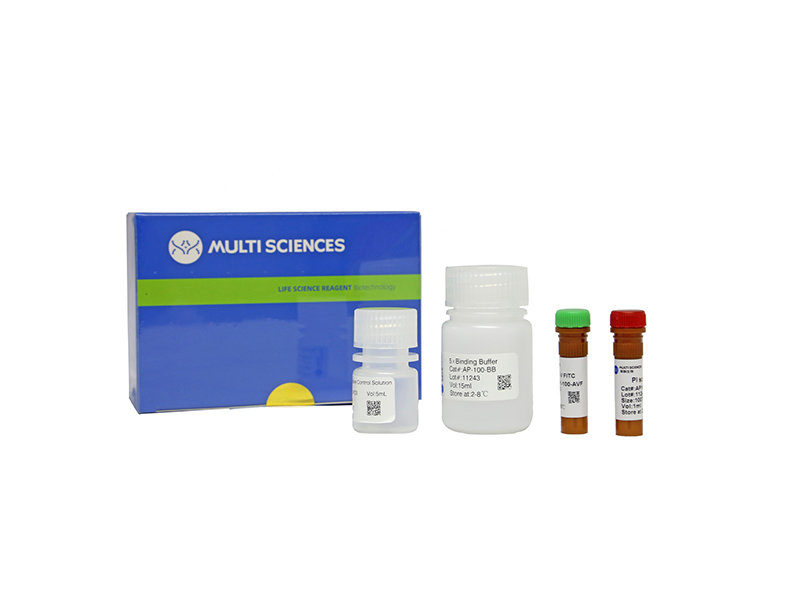Cervical cancer cells possess high levels of reactive oxygen species (ROS); thus, increasing oxidative stress above the toxicity threshold to induce cell death is a promising chemotherapeutic strategy. However, the underlying mechanisms of cell death are elusive, and efficacy and toxicity issues remain. Within DNA, 8-oxo-7,8-dihydroguanine (8-oxoG) is the most frequent base lesion repaired by 8-oxoguanine glycosylase 1 (OGG1)-initiated base excision repair. Cancer cells also express high levels of MutT homolog 1 (MTH1), which prevents DNA replication-induced incorporation of 8-oxoG into the genome by hydrolyzing 8-oxo-7,8-dihydro-2′-deoxyguanosine 5′-triphosphate (8-oxo-dGTP). Here, we revealed that ROS-inducing agents triggered cervical cancer to undergo parthanatos, which was mainly induced by massive DNA strand breaks resulting from overwhelming 8-oxoG excision by OGG1. Furthermore, the MTH1 inhibitor synergized with a relatively low dose of ROS-inducing agents by enhancing 8-oxoG loading in the DNA. In vivo , this drug combination suppressed the growth of tumor xenografts, and this inhibitory effect was significantly decreased in the absence of OGG1. Hence, the present study highlights the roles of base repair enzymes in cell death induction and suggests that the combination of lower doses of ROS-inducing agents with MTH1 inhibitors may be a more selective and safer strategy for cervical cancer chemotherapy.
文章引用产品列表
-
- AP107 88 Citations
- 凋亡试剂盒
Annexin V-APC/PI Apoptosis Kit(细胞凋亡试剂盒)
- ¥780.00 – ¥1,860.00



